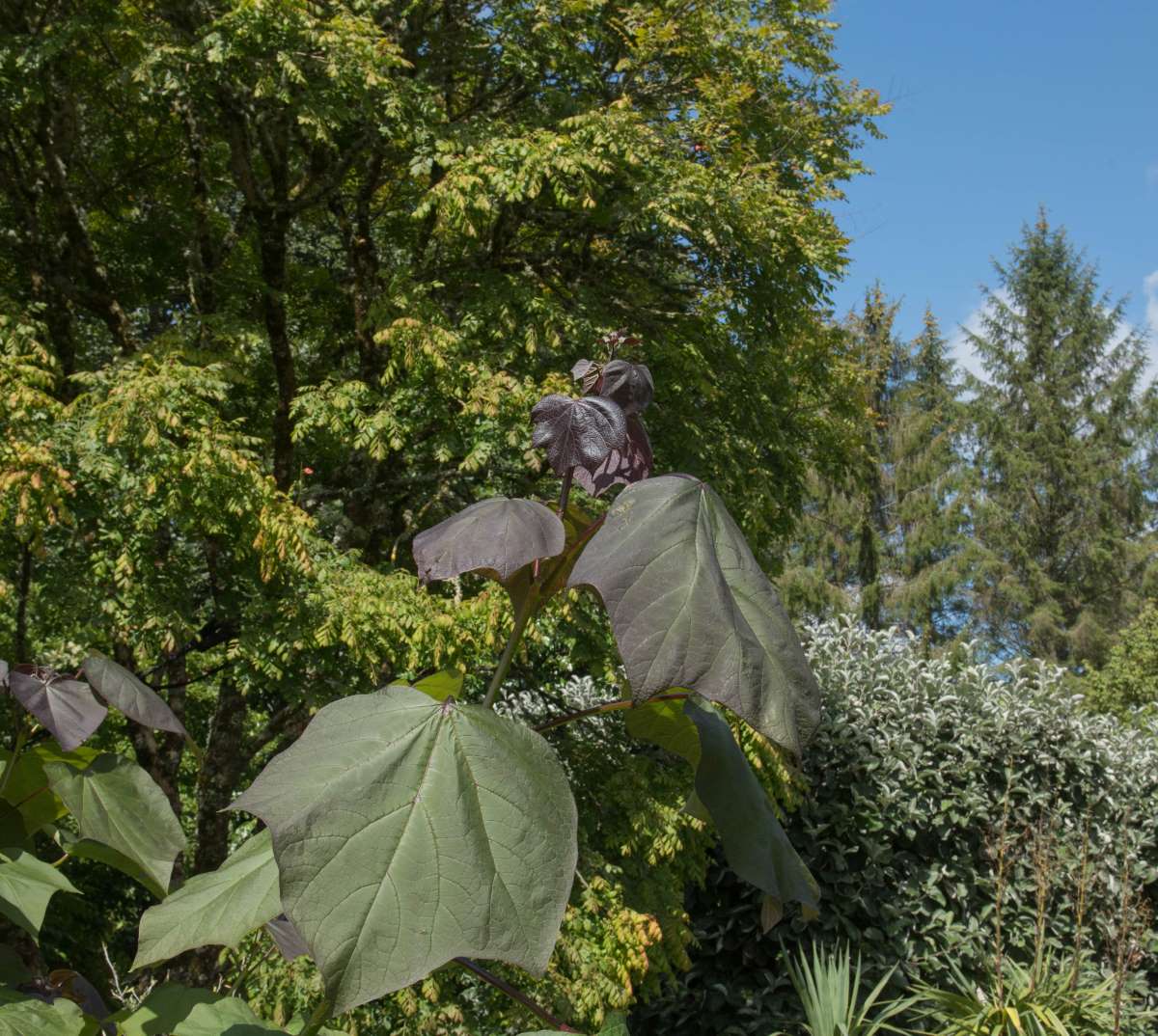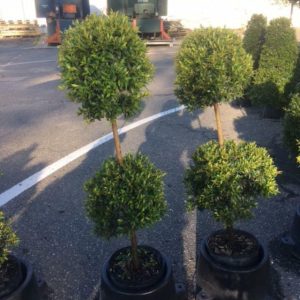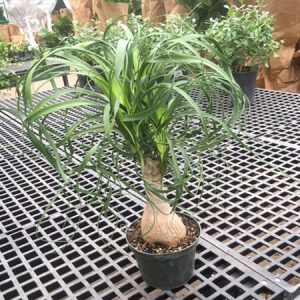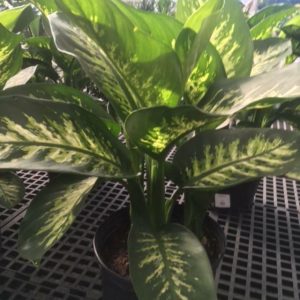Description
Catalpa – Indian Bean Tree –
There are about 11 species of fast growing, deciduous small to medium trees, in this genus. They occur in Eastern Asia, North America, and Cuba on riverbanks and in woodland. Their large ovate leaves are opposite or in whorls of 3. Catalpa are grown for their showy foliage, for their large, bell shaped, 2 lipped flowers, held in upright, terminal panicles or racemes in mid and late summer, and for their pendent, bean like, up to 30″ long, narrowly cylindrical seed pods, which develop in autumn. Their wide spreading habit and conspicuous flower panicles are seen to best advantage when they are grown as specimen trees. Those with colored foliage are also effective in a large shrub border, if pollarded or coppiced annually or biennially, they produce large ornamental leaves. Some species yield valuable timber.
Grow in fertile, moist but well drained soil in full sun, sheltered from strong winds.
Prone to powdery mildew, white rot, dieback, leaf spots, anthracnose, mealy bugs, whiteflies, scale insects, and aphids.
C. x erubescens ‘Purpurea’ – C. bignonioides ‘Purpurea’ – from shoots which emerge purple-black it carries broadly ovate leaves, 10-16″ long, with 3 shallow, pointed lobes, dark blackish purple when young maturing to dark green. Bears white flowers, marked yellow and purple, to 2″ across, in large, upright panicles, to 12″ tall. They are followed by slender pods to 16″ long.
Zones 5-10





